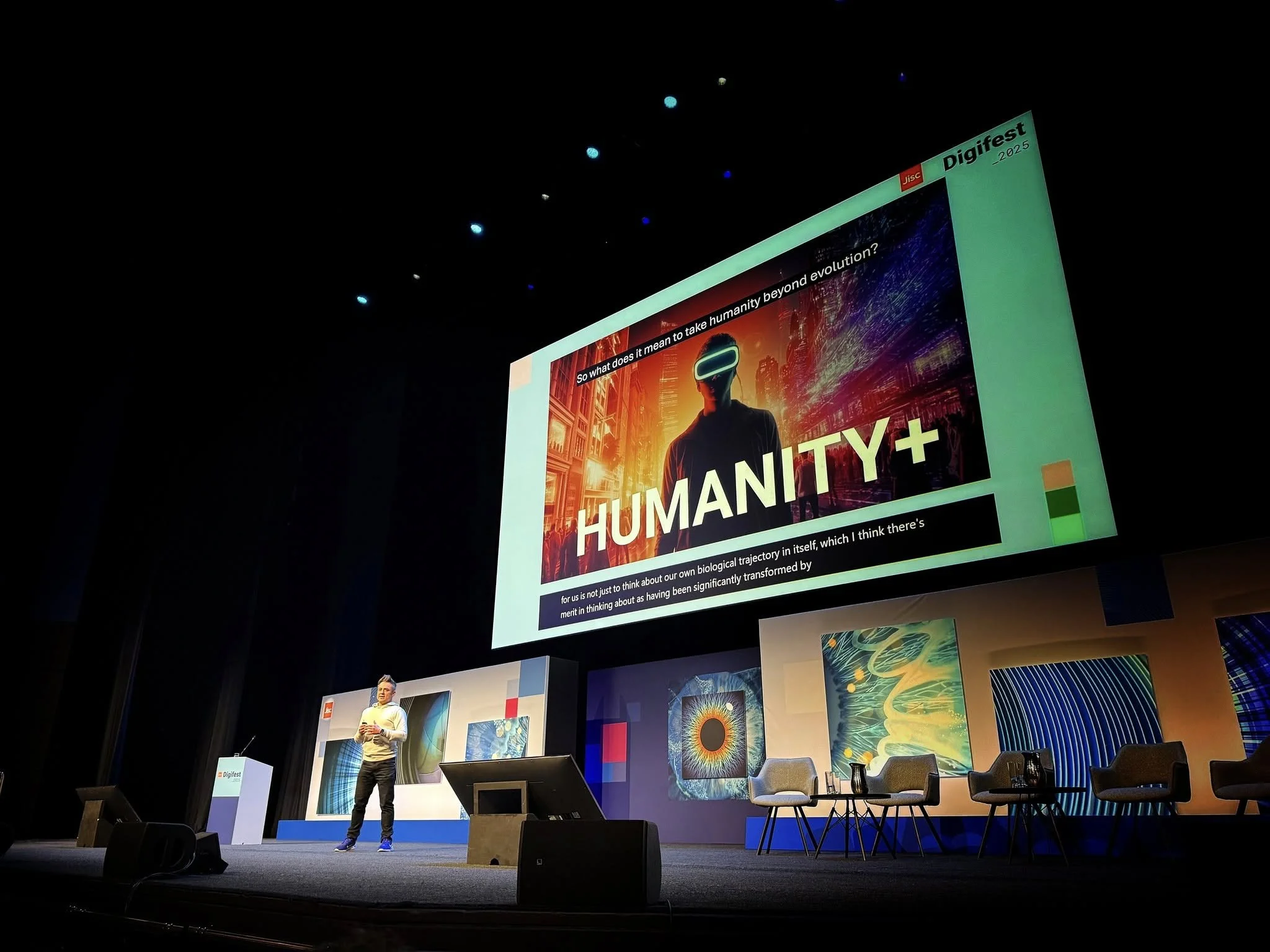
Make it stand out
What’s been happening?

The BRILLIANT Festival

UK Space Conference & the Internet of Things

Democratic Art
A Sea Odyssey, Liverpool
Slavoj Zizek
Liverpool Riots


Make it stand out



